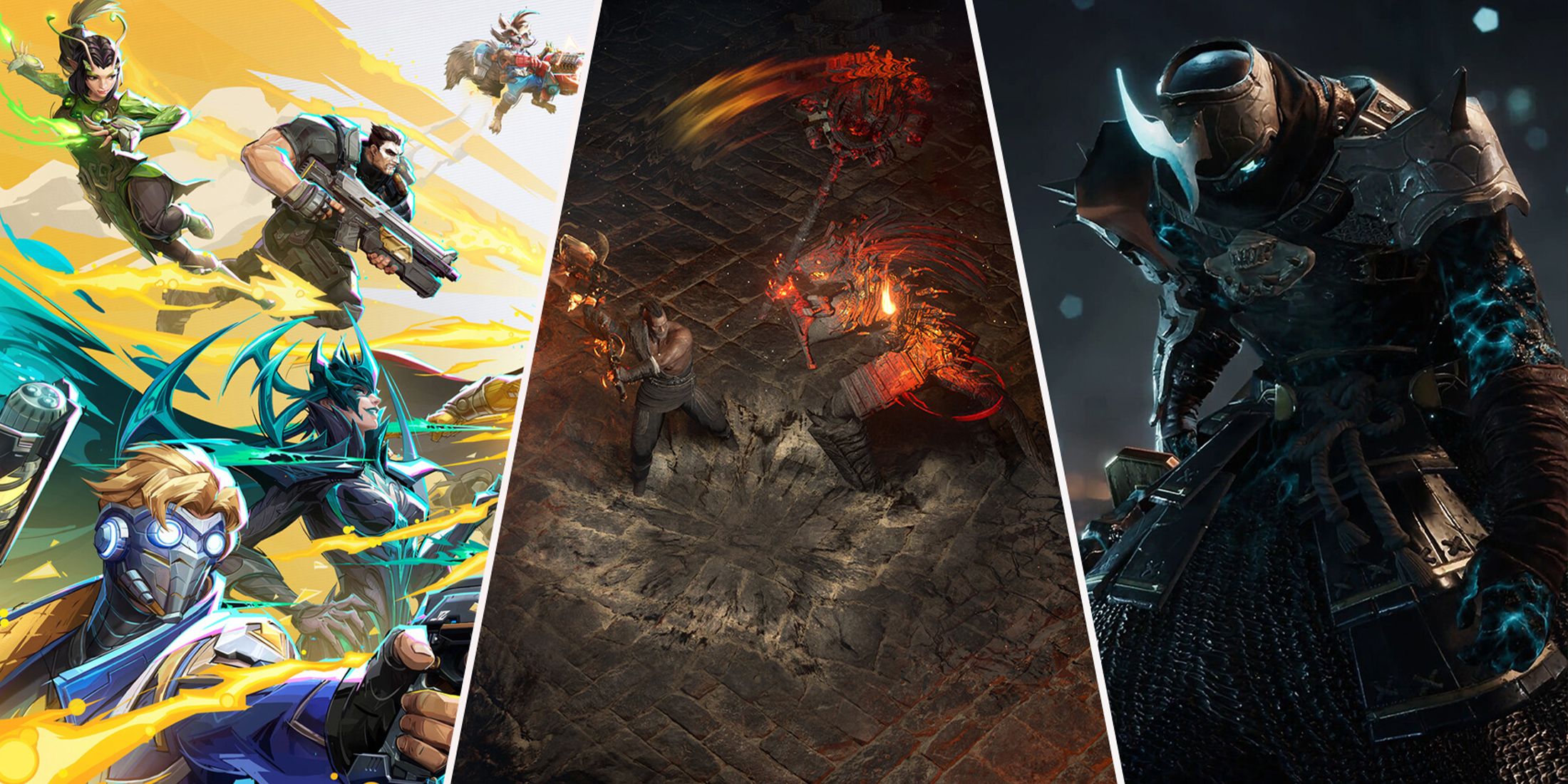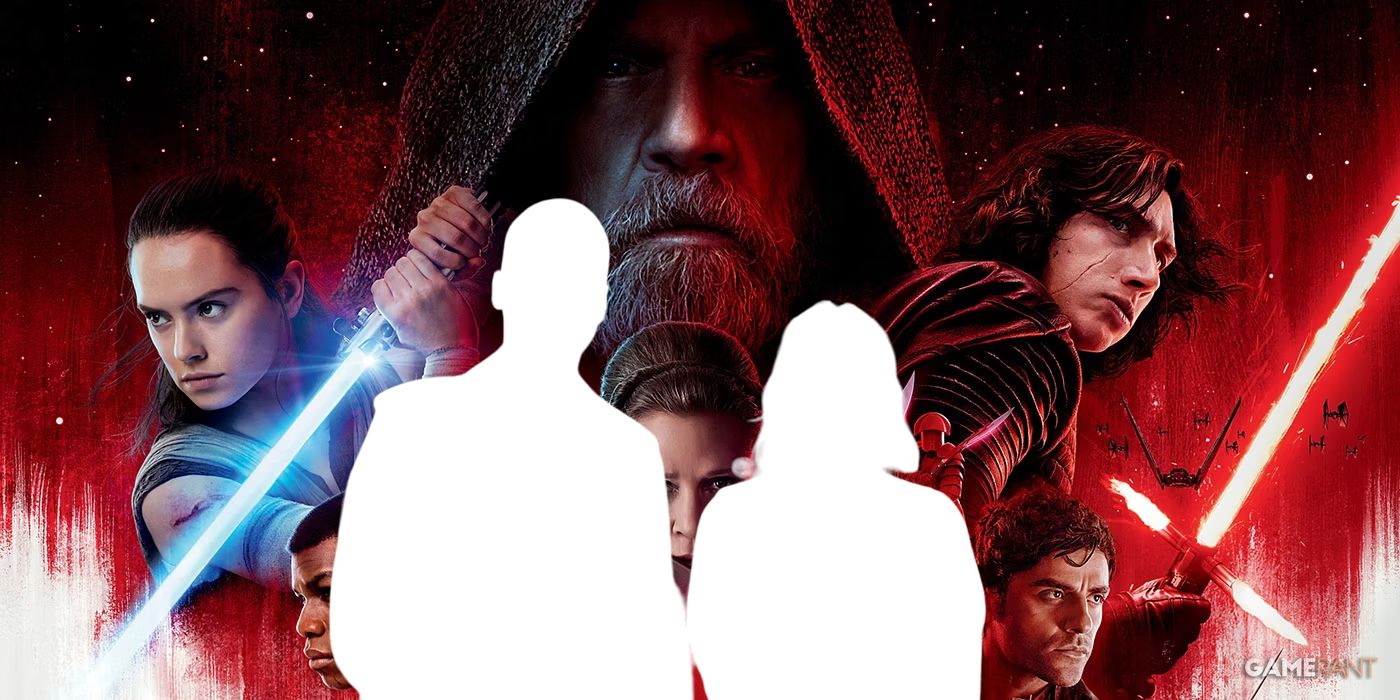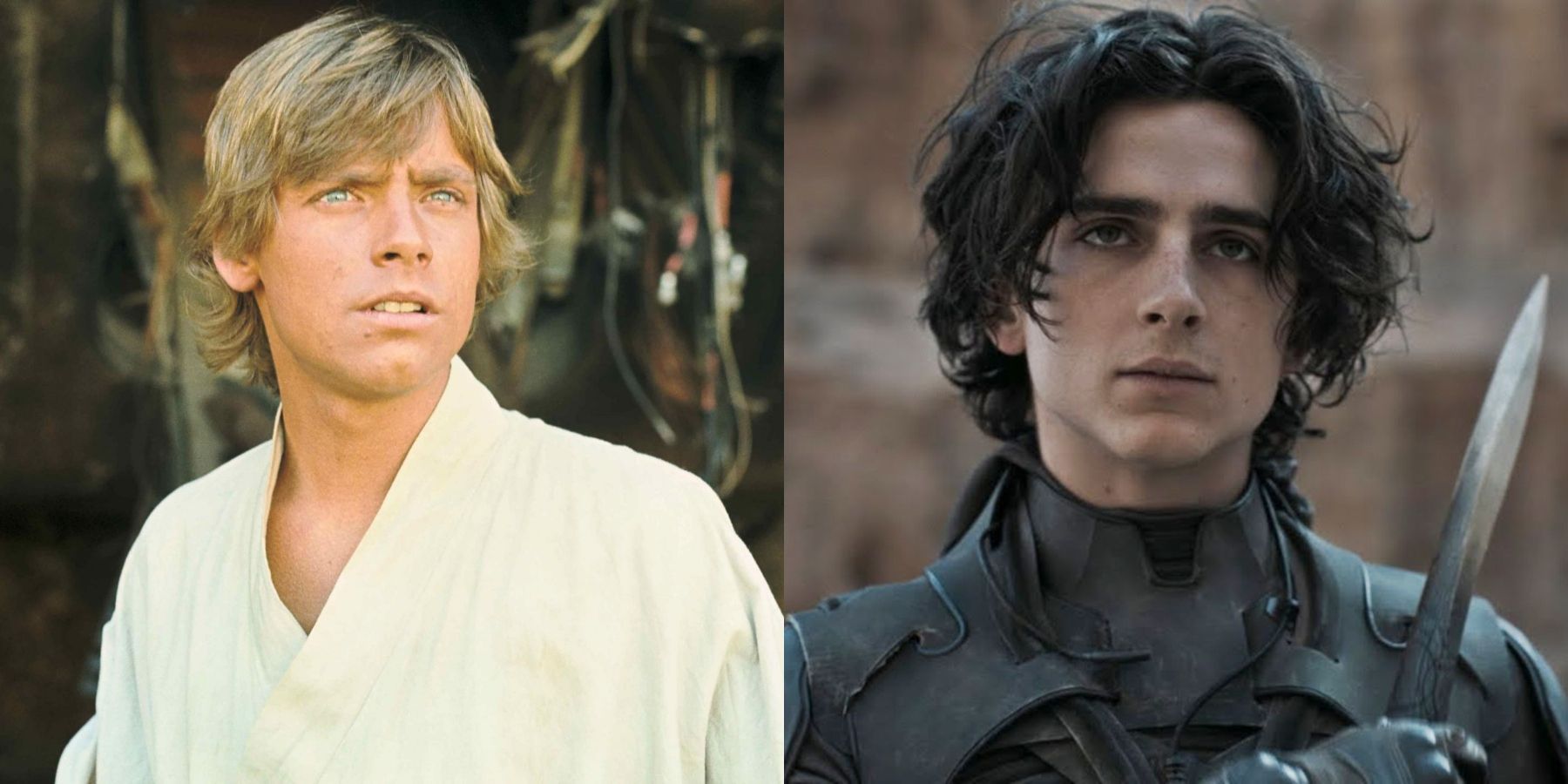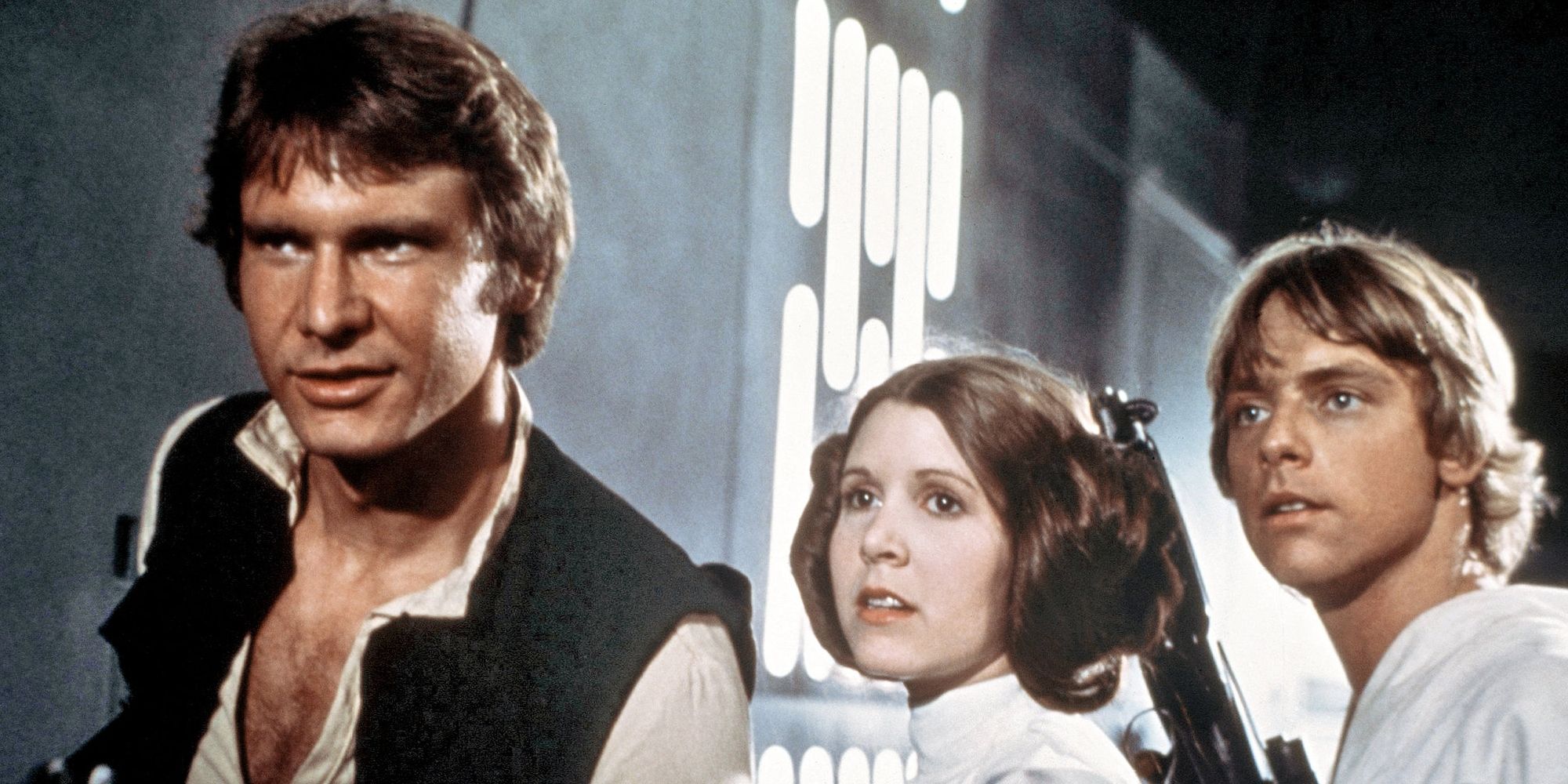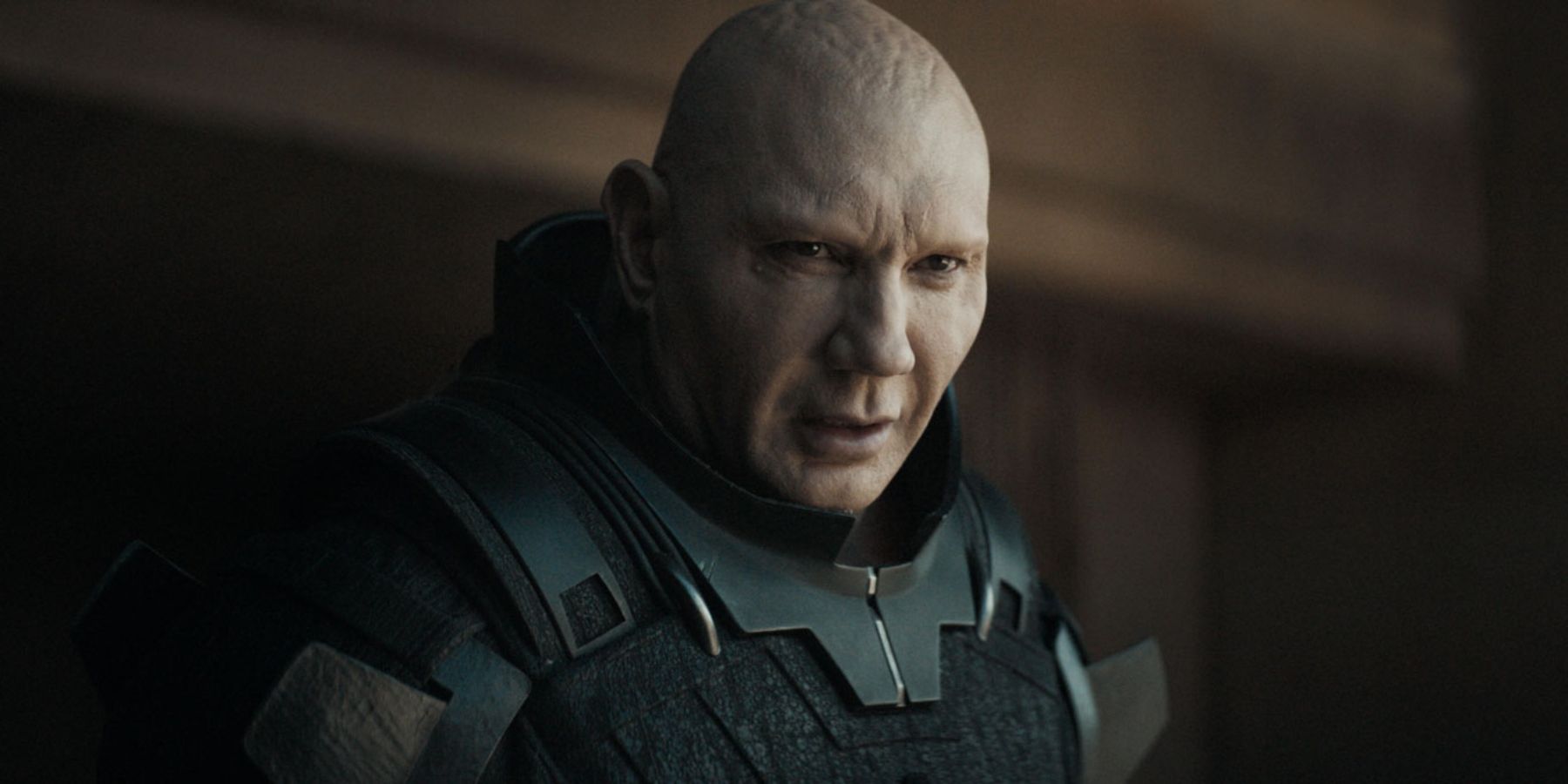Denis Villeneuve's Dune, the highly-anticipated film adaptation of Frank Herbert’s 1965 sci-fi novel, was recently released to much acclaim by critics and fans alike. However, moviegoers not familiar with the source material will likely find many elements of the film to be quite familiar, even if they knew nothing about the story beforehand.
After all, Dune is one of the most iconic and influential science fiction stories ever written, and its shadow looks large over the entire genre. Even those who have never heard of the book are most likely familiar with another work that’s been inspired by it. Everything from Star Trek to Warhammer 40,000 to Hayao Miyazaki’s Nausicaä of the Valley of the Wind has been influenced by Dune — one episode of SpongeBob SquarePants even features a giant worm that digs through the sand, complete with a visual gag that directly references the “Wormsign” concept from the novel.
However, the most famous product of Dune’s legacy is without a doubt the Star Wars series. George Lucas’ science fantasy saga has become so ubiquitous in pop culture that it’s the easiest point of comparison for nearly any sci-fi story, and remarking on its similarities to Dune is hardly anything new. But it’s important to remember that the original Star Wars film was first released in 1977 — 12 whole years after Dune was first released. As such, it’s not exactly a stretch to imagine that George Lucas and his team were familiar with Frank Herbert’s work during the film’s production.
As many Star Wars fans know, George Lucas is the kind of storyteller who’s never been afraid to wear his inspirations on his sleeve. He’s been very open about the fact that the first film is the product of him combining elements of some of his favorite films from across all genres. Lucas took influence from classic space operas like Flash Gordon, the Akira Kurosawa samurai film The Hidden Fortress, the legendary western The Searchers, and the World War II movie The Dam Busters. It’s all those disparate inspirations that turned Star Wars into the unique space-samurai-cowboy-war story fans know and love today — but is there any Dune in there as well?
Unlike the aforementioned films, George Lucas has never openly discussed any direct influence from Frank Herbert’s Dune on his work. However, that doesn’t necessarily mean the similarities are coincidental. In fact, Denis Villeneuve himself has spoken in interviews about how he wanted his adaptation’s aesthetic to avoid any clear comparisons to Star Wars, firmly stating that Dune was an influence on Lucas’ story. And when one compares all the similarities the two sci-fi epics share, it’s not hard to see the resemblance.
For starters, both stories feature a desert planet as a major setting. Dune has Arrakis, while Star Wars has Tatooine. Both worlds treat water as a precious resource, are home to mining vehicles called sandcrawlers, and feature deadly subterranean predators — the sandworms and Sarlacc, respectively. And while Tatooine is not the central setting of the Star Wars saga like Arrakis is in Dune, it’s still the most prominent planet featured in the original film, and once again plays a prominent role in Return of the Jedi.
The second most obvious parallel between the two stories is that both feature an evil galaxy-spanning empire as its main antagonistic force. Dune has the Galactic Padishah Empire, commonly known as the Imperium, while Star Wars has the similarly-named Galactic Empire. Both empires are ruled by an often-mentioned yet never-seen (at least in the first movie) Emperor, who executes his will through ruthless black-clad enforcers. In many ways, Dave Bautista’s Rabban Harkonnen is a spiritual predecessor to Darth Vader himself: a cold and menacing figure who serves a frail yet cunning master. Of course, with his grotesquely corpulent appearance, Stellan Skarsgård’s portrayal of Baron Vladimir Harkonnen is just as reminiscent of Jabba the Hutt as he is of Emperor Palpatine.
And of course, there are the protagonists. Both stories focus on a young man with mysterious powers, a fatherly mentor, and a lot to prove, who ends up embarking on a grand quest where he must fight against the empire. It’s a classic Hero’s Journey plot, nothing unique to either story, but it’s still hard to deny the similarities between Paul Atreides and Luke Skywalker. Of particular note is Paul’s psychic abilities, which are quite similar to the Force — he sees visions of the future much like Luke, and can control the minds of others using the Voice, a technique that calls to mind the Jedi Mind Trick. Luke is hardly a carbon copy of Paul, of course: his hopeful and impulsive attitude is a far cry from the calculating, ambitious leader who Paul becomes over the course of the film. In fact, Paul is arguably just as much a precursor to Anakin as he is to Luke, with his destiny as the Kwisatz Haderach closely resembling Anakin’s role as the Chosen One. And just like Anakin, Paul’s incredible power inspires hope and fear in equal measure.
Make no mistake though, Star Wars is far from a cheap ripoff of Dune: it tells its own story, carving out a unique place for itself in the sci-fi hall of fame.Star Wars is an adventurous and optimistic space opera, while Dune is a somber and cerebral tale with political and philosophical themes. While they may share plenty of surface similarities, they execute their ideas in very different ways, and they both have their own distinct appeal as a result. But even so, it’s important to remember that Dune is hardly the new Star Wars — if anything, it’s the other way around.

